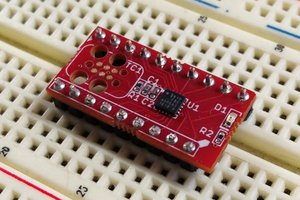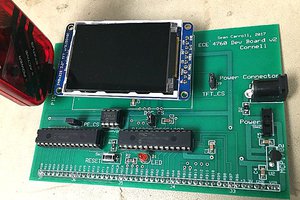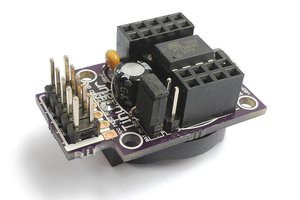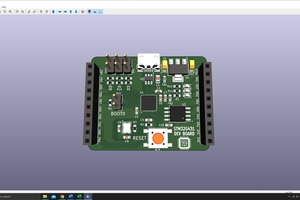The N76E003 provides rich peripherals including up to 18 general purpose I/O, two 16-bit Timers/Counters 0/1, one 16-bit Timer2 with three-channel input capture module, one Watchdog Timer (WDT), one Self Wake-up Timer (WKT), one 16-bit auto-reload Timer-3 for general purpose or baud rate generator, one SPI, one I2C, five enhanced PWM output channels, eight-channel shared pin interrupt for all I/O, and one 12-bit ADC. The peripherals are equipped with 18 sources with 4-level-priority interrupts capability.
The N76E003 contains an up to 18K Bytes of the main Flash called APROM, in which the contents of the User Code resides. To facilitate programming and verification, the Flash allows being programmed and read electronically by parallel Writer or In-Circuit-Programming (ICP). Once the code is confirmed, the user can lock the code for security.
We used KEIL-C51 IDE to programming. We had used NUVOTON based In-Circuit-Programming (ICP) software to flash the code in the controller. We checked the working of the board by running different types of code like GPIO, External Interrupt, Timer, LCD Interfacing, ADC by interfacing temperature sensor on the board.
Features of the development board:
- N76E003AT20 microcontroller.
- One switch
- One user LED
- One reset button
- USB Type-B mini port for powering up
- A 10kohm potentiometer for ADC interface
- On-board 3.3V voltage regulator - AM1117
- On-board power select pins for switching the operating voltage between 5V/3.3V
- On-board power indicator LED
- All port pins available through male header strips





 Parker
Parker
 Bruce Land
Bruce Land
 Neven Boyanov
Neven Boyanov
I have a question : why you need ch340g when n76e003 request nu-link programer. I know nuvoton no flash a bootloader with flash firmware via uart for n76e003